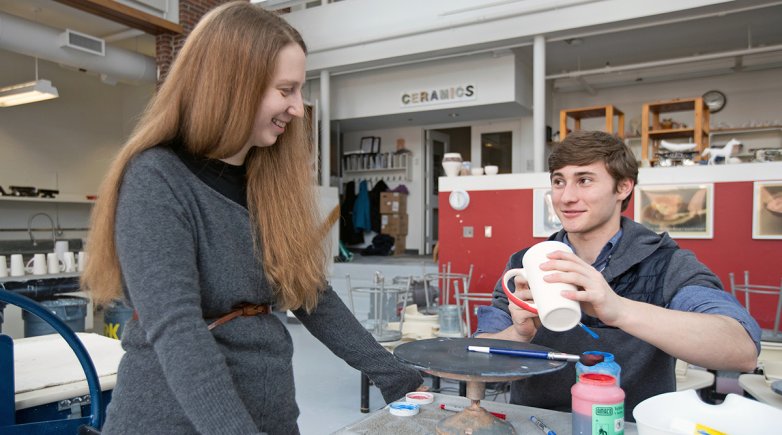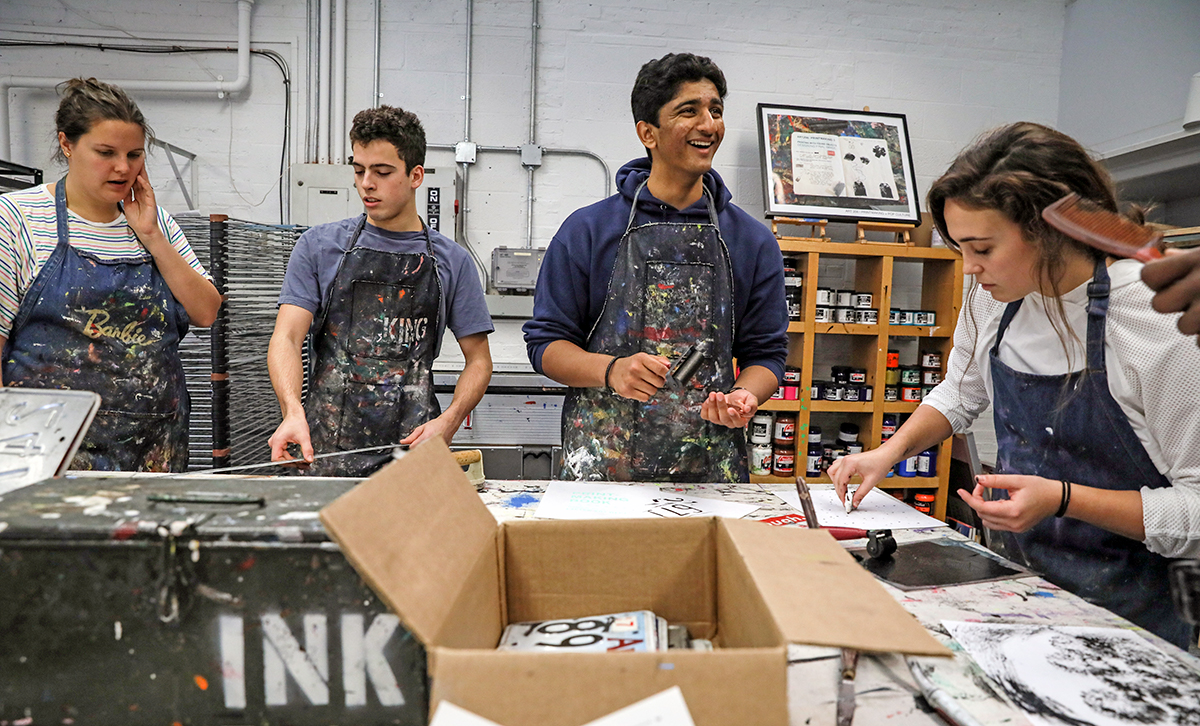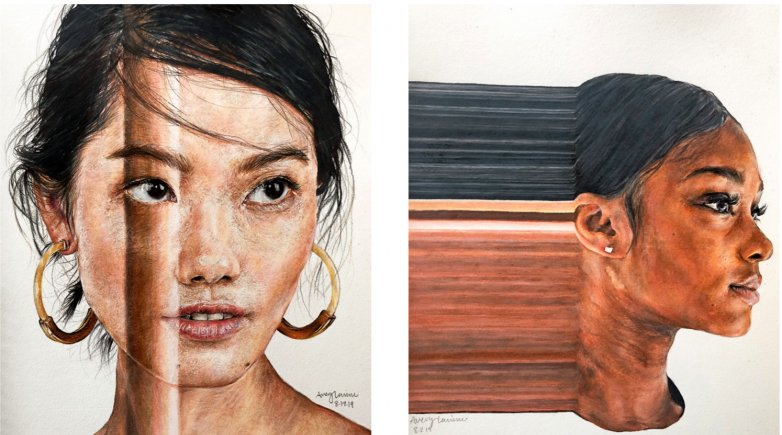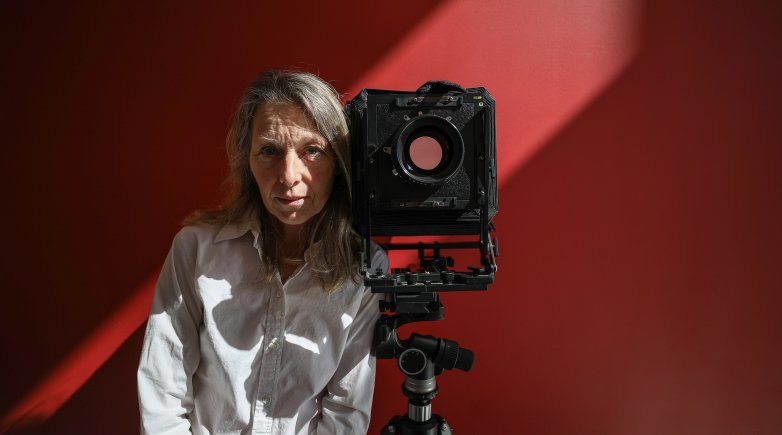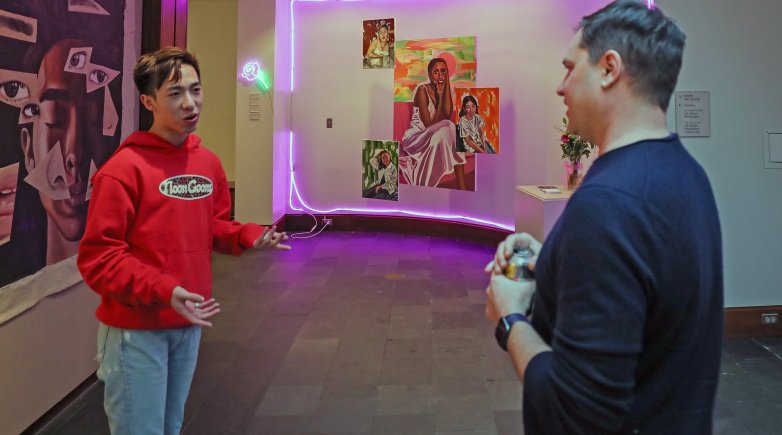Art Department update
The daughter of two photographers, Art Department Chair Carla Collins grew up with access to a wide range of mediums and methods for creating art, but ceramic sculpture and teaching are her true passions. After receiving a bachelor’s degree in studio arts and a master’s degree of arts and teaching from Plymouth State University, Collins refined her study of ceramics at the International Ceramic Research Center in Skælskør, Denmark. She joined the Exeter faculty in 2010 and exhibits her work nationally and internationally.
Half of all Exeter students take an art class each academic year, a fact that thrills Collins. “Visual art is a magical place where both our conscious and subconscious meet to explore our place in the world,” she says. “It really helps all students find their voice.”
Through the department’s studio-based curriculum, Collins says, students make creative, hands-on discoveries, guided by faculty who are all practicing artists. Whether students are engaging in printmaking and painting, or 3D design and architecture, each course combines practical, technical skill building with creative analysis — a natural fit with the Harkness methodology. “Sometimes we have collaborative assignments like puzzle drawing or studying perspective and each student has a portion of a painting to do,” Collins says. “The format creates conversation. The students work together and have common experiences.”
